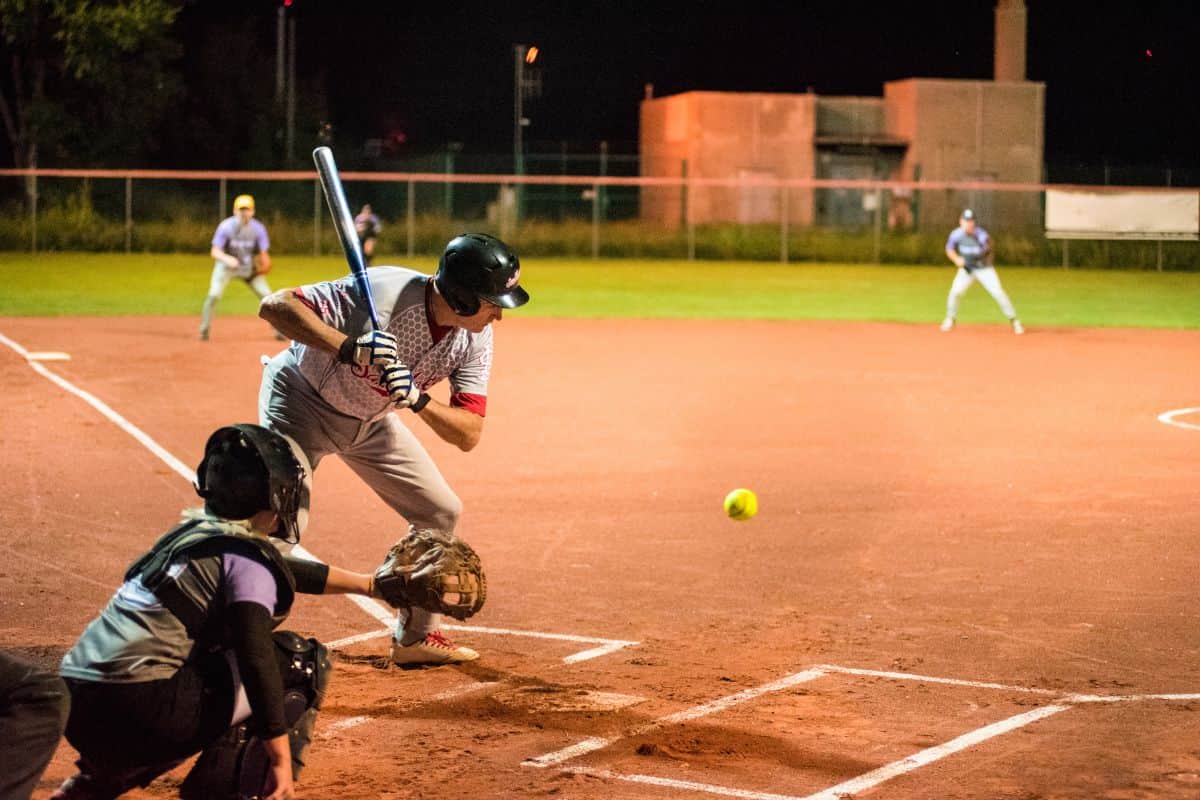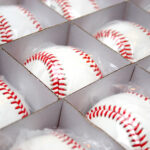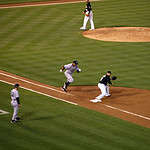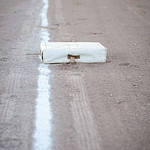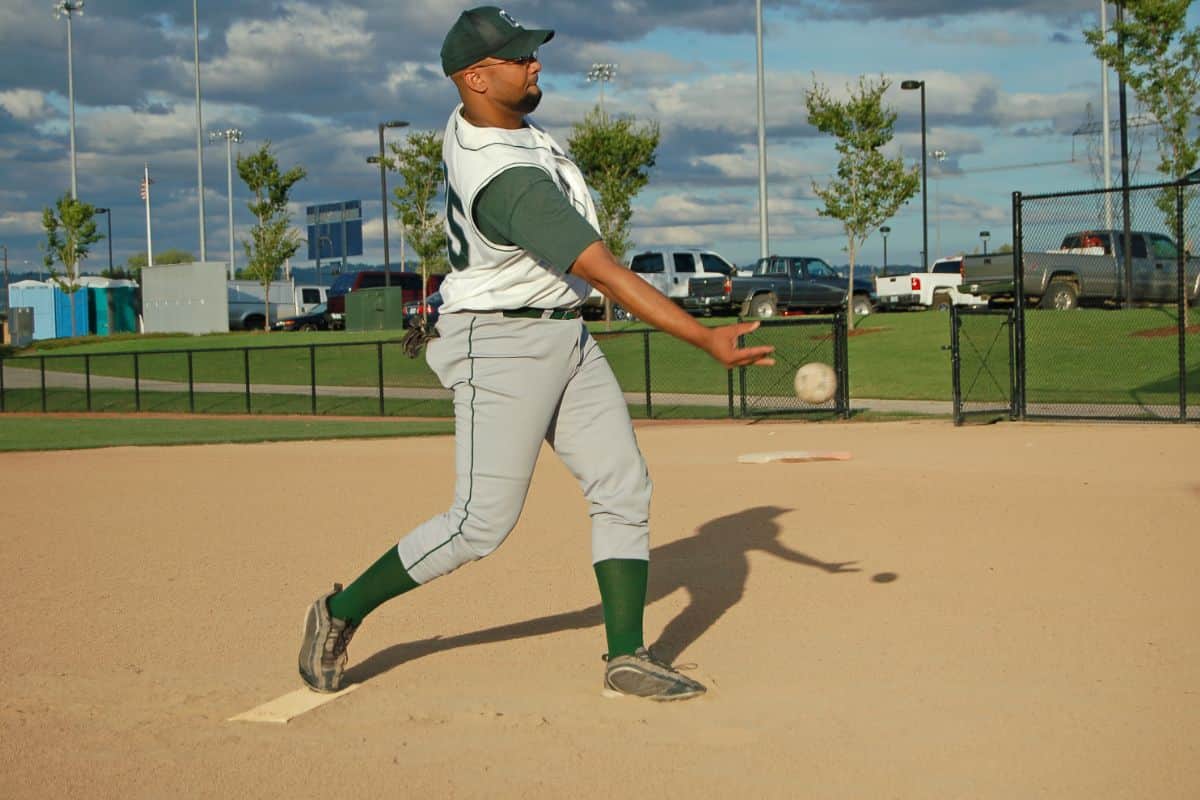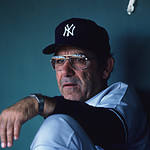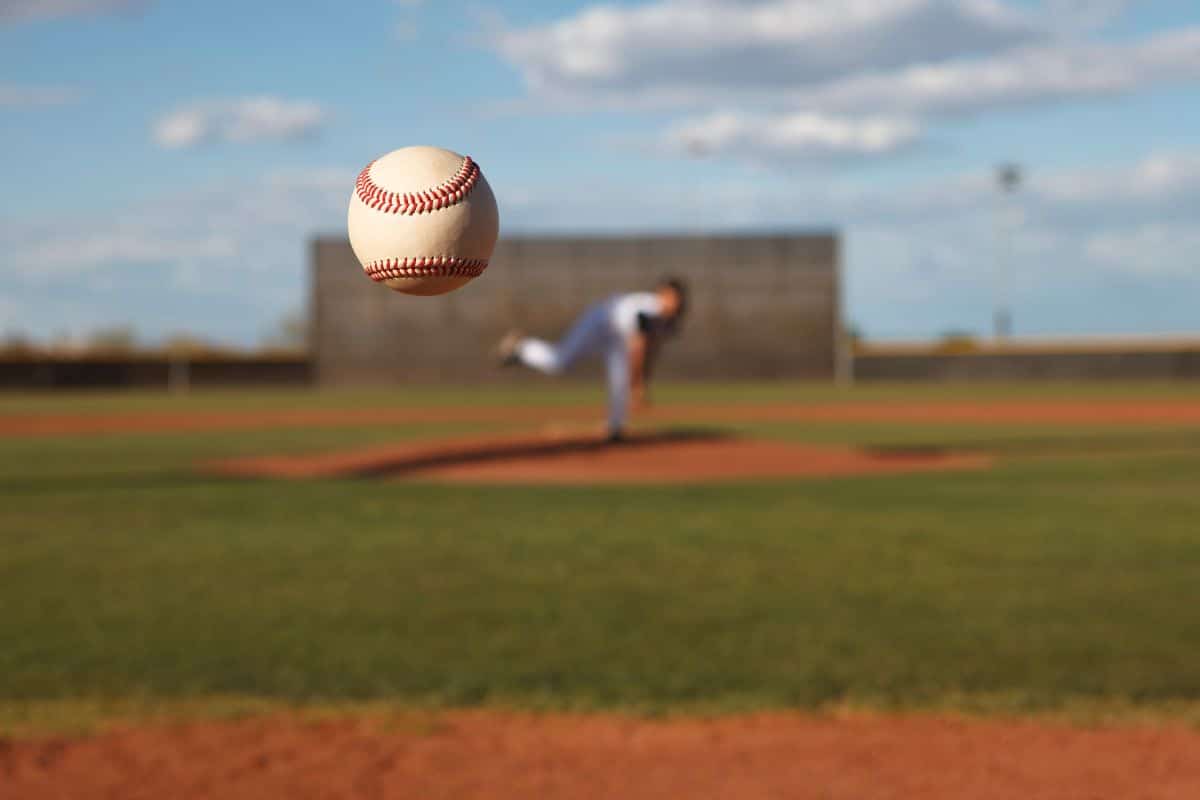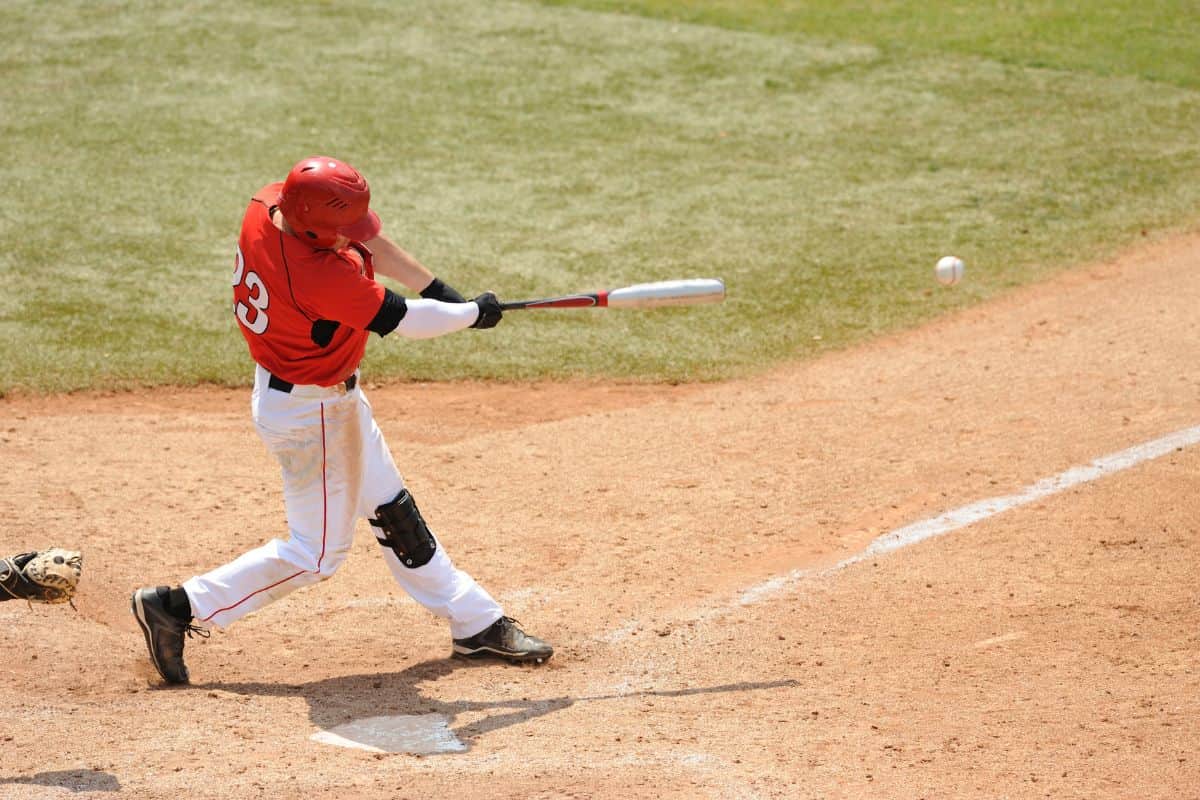There’s almost always some form of foul ball rule in any ball-based sport, but perhaps the foul ball rules of baseball are the most nuanced, which makes them tricky to come to terms with for newcomers to America’s pastime.
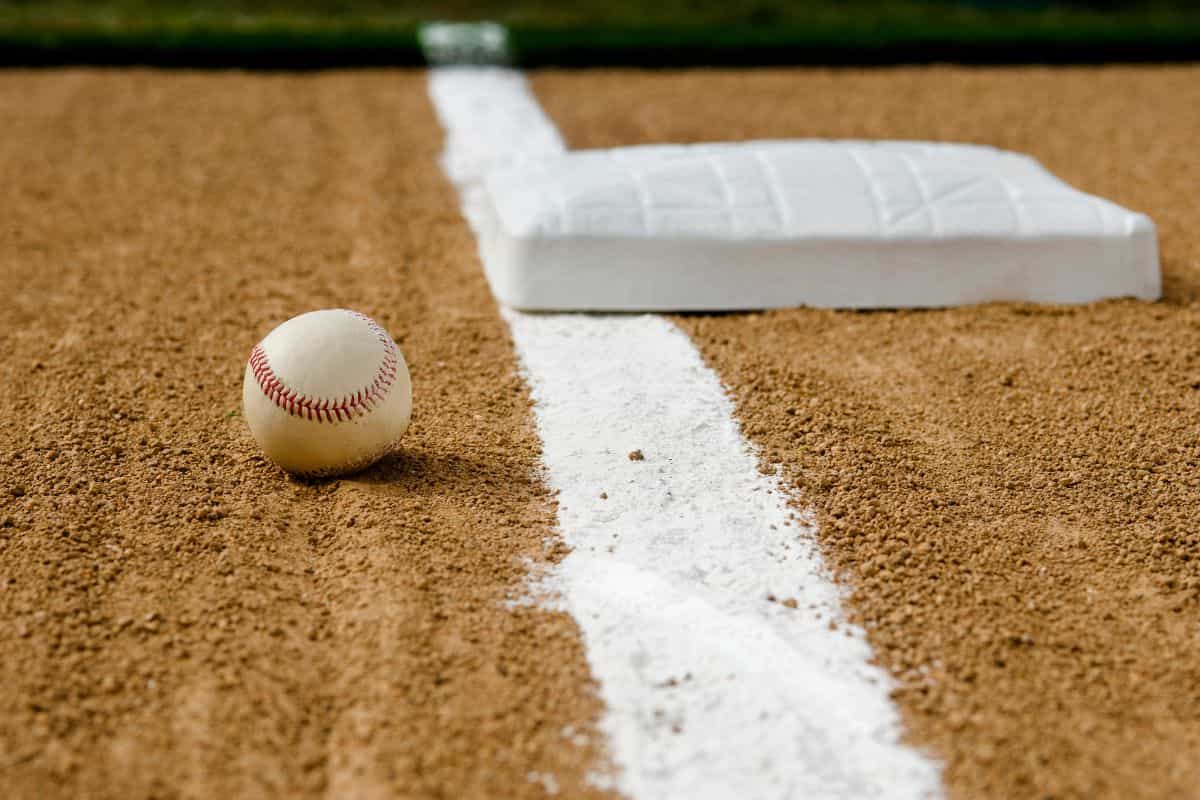
Baseball’s foul ball rule is actually more of an umbrella rule, with many little statutes stemming from this primary incident of foul play, so before you take to the plate or mound, it’s essential that you know precisely how this family tree of rules works.
Consider this your comprehensive guide to the foul ball rule of baseball.
We’re going to start simple with a basic definition and then gradually expand our knowledge by focusing on some finer points of the rule. Stick with us, and you’ll be ready to step up to the plate in no time!
Defining A Foul Ball
In a nutshell, a foul ball is a batted ball that doesn’t hit a defensive player in fair territory, and winds up in foul territory. The nature of the hit makes no difference.
It could be a bunt, a full swing, or even accidental contact when trying to dodge a particularly savage pitch — If the ball comes straight from the bat and ends up outside of the foul lines, it is considered a foul ball… most of the time.
This is why, if you’re trying to avoid a pitch that seems set to take your head clean off, you should always follow the golden rule… bat down. This will minimize the chance of an accidental hit.
A foul ball is also considered a “dead ball” as it terminates the action. Time out will be called by the ump, and play will not recommence until they call time in.
What’s more, a foul ball is sometimes considered a strike, but we’ll dive deeper into this rule a bit later on.
The Foul Lines (Beyond The Bases)
Let’s start by picturing the basic lines of a baseball field.
Primarily, you’ve got the baselines that make up the infield square in which we have the mound, but the baselines that run from home to 1st and from home to 3rd don’t just end when they reach the bases.
They stretch off right to the outfield limits — These are foul lines that mark the border between fair and foul territory.
Everything on the inside of these two lines is considered fair territory, while everything on the outside of these two lines is considered foul territory.
If a batter hits the ball anywhere in fair territory, it’s the defense’s time to shine. They’ll try to catch or otherwise retrieve the ball and deliver it back to the infield square with the hopes of tagging a runner out.
If, on the other hand, the batter hits the ball outside of the foul lines, the action is concluded, and the batter may or may not be allotted a strike.
Simple enough so far, right? But here’s where things start to get a little more complicated, as there are three variations to take into account…
- When a batted ball touches down in fair, in-field territory but then bounces or rolls outside of the foul lines, it’s a foul ball.
- But if a batted ball that lands in fair outfield territory bounces or rolls beyond the foul lines and into foul territory, it remains a fair ball.
- The third possible event is that the ball travels into foul territory without ever hitting the ground, which is always a foul ball.
The only exception to the third variation there is if the airborne ball strikes a player in fair territory before it crosses the foul line.
Many baseball fields will also have tall fence poles that align with the foul lines. These can be thought of as elongations of the foul lines. They’re used to distinguish a wide home run from a long foul ball.
Should the ball cross the outfield fence on the inside of the foul pole, it’s a homer! If it passes the outfield fence on the other side of a foul pole, it’s a foul ball.
In What Circumstances Is A Batted Ball A Foul?
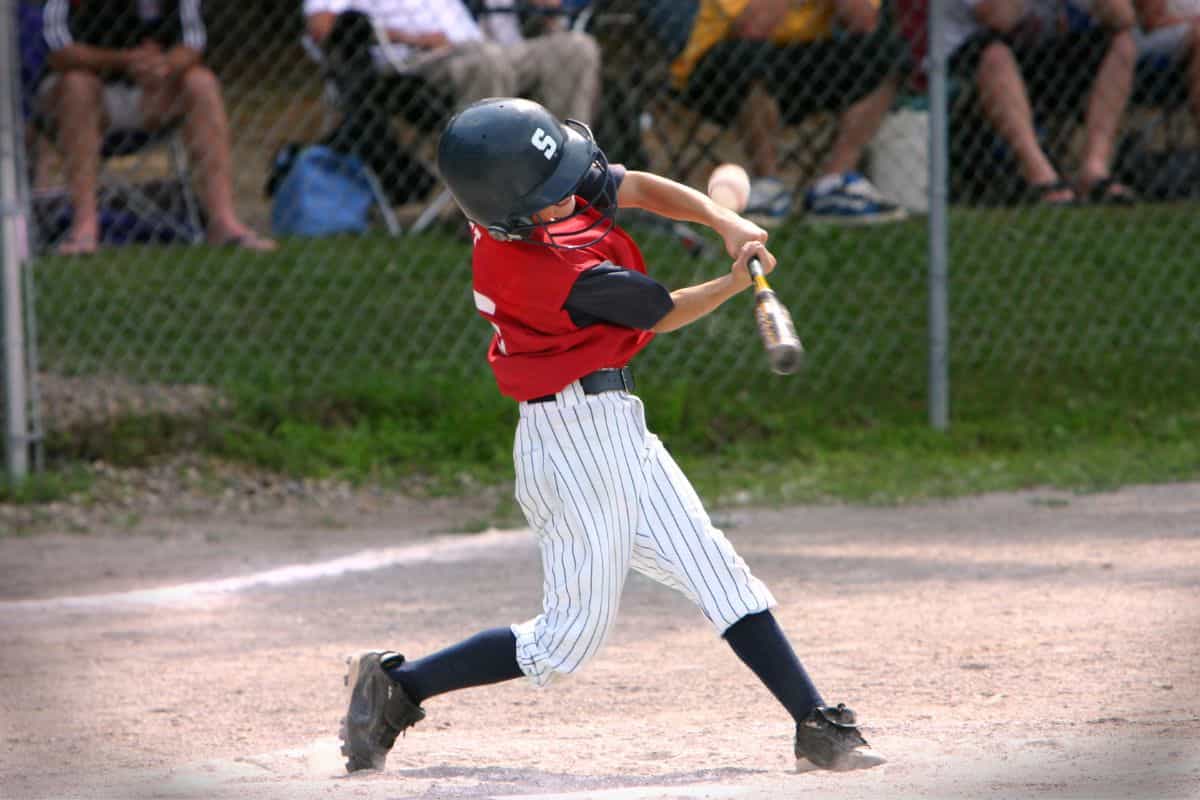
- The batted ball is intercepted by a fielder in foul territory — Foul
- The batted ball makes first contact with foul territory beyond the 1st or 3rd base — Foul
- The batted ball makes first makes contact with foul territory before surpassing 1st or 3rd base — Foul
- The batted ball makes first contact with fair territory before surpassing 1st or 3rd base but comes to rest in foul territory, again, before surpassing the bases — Foul
- The batted ball leaves the park left of the left-field foul pole or the right of the right pole — Foul
- The batted ball makes first contact with foul territory before surpassing 1st or 3rd base but ends up jumping over or making contact with one of these bases — Fair
- The batted ball makes first contact with in-field foul territory but ends up settling on in-field fair territory — Fair
- The batted ball makes first contact with fair outfield territory but ends up settling in foul outfield territory — Fair
- The batted ball leaves the park on the right of the left pole or the left of the right-field foul pole — Home Run!
- The batted ball reaches foul territory while airborne and is caught by a defending side — Out!
If I Hit A Foul Ball, Will I Get A Strike?
The introduction of strikes adds another confusing element for baseball beginners. You may well get a strike for hitting a foul ball, but then again… you might not.
Confused? Don’t sweat it; there’s actually a very good explanation for this uncertainty.
Essentially, if you have 0 or 1 strike when you hit the foul ball, it will be a strike, meaning, if you had 0 when you hit the foul, you’d now have one strike, and if you had one strike before hitting the foul, you’d now have two strikes.
Now, this is where it gets interesting…
Once you hit two strikes, you cannot receive a third and final strike for hitting a foul ball. So, if the pitcher nails you with two called strikes, then you hit the third pitch foul, and you will not receive a strike.
Even if the first two strikes were the product of two previous foul balls, a third foul ball won’t add a third and take you out of the game — You’re… not outta hereeee!
Hypothetically, you could go on hitting foul balls forever, and you wouldn’t be out. Still, to avoid this dismal dance with infinity, some leagues will impose a foul ball cap, so make sure you study up on league statutes before getting in on the action.
Furthermore, there is one exception to the endless foul ball rule — Talk about a curveball!
Read on, and all will be revealed.
Is It Possible To Strike Out Over A Foul Ball?
You can go on hitting foul balls ad infinitum and never striking out unless you do one thing… bunt.
That’s right, folks; if you have two strikes already and you bunt a foul, it will count as a strike, and you’ll be kicking dirt all the way to the dugout. This is why it’s considered a poor strategy to bunt on two strikes.
There may be some scenarios in which a manager might signal to do so anyway, but these are rare, and most would never consider it worth the risk, so, whatever you do, swing away on two strikes.
Foul Ball Pop Quiz
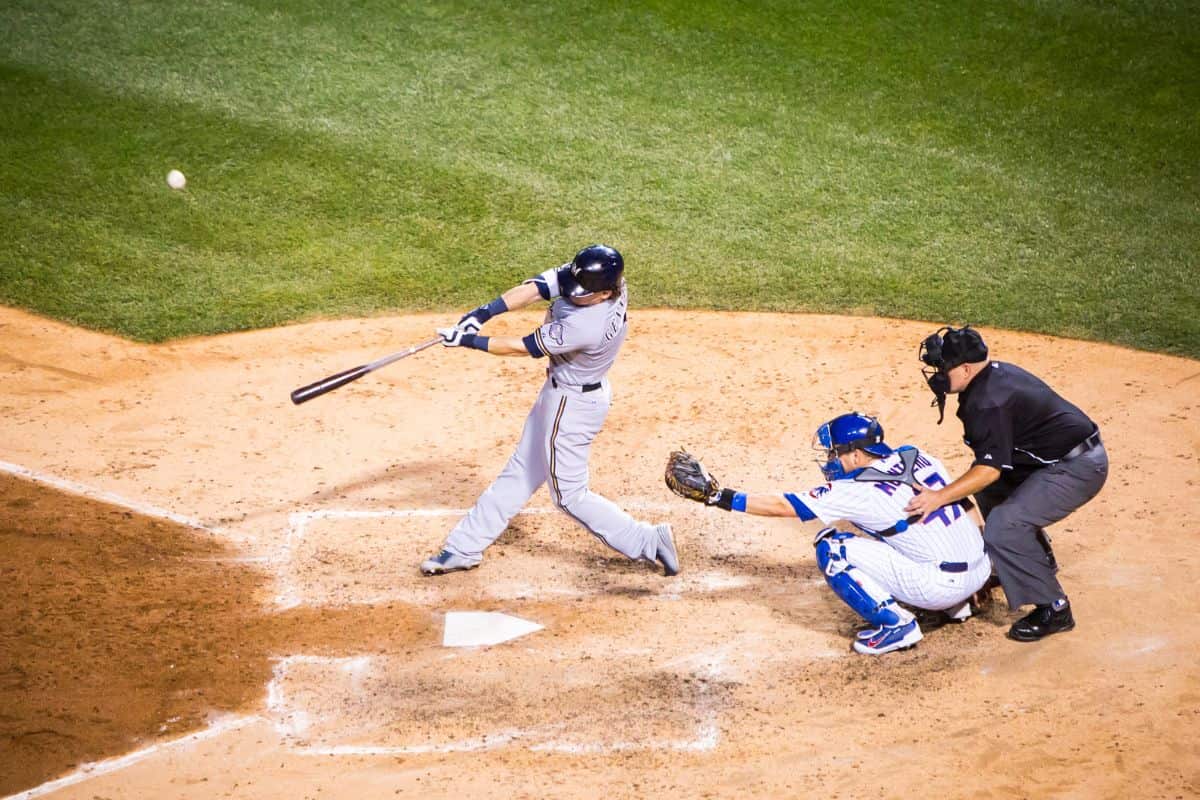
Before we go our separate ways and you take your newly acquired baseball knowledge to the park, let’s do a quick quiz to make sure you’ve got all the essentials on lock.
Question 1 — Set Up
- There’s a player on 1st and 2nd, and the batter has collected a couple of strikes.
- The batter opts for a sac bunt to facilitate easy advancement of the two on-base players.
- The pitcher fires one and the batter executes the sac bunt.
- The ball makes first contact with infield fair territory but rolls into infield foul territory.
Question 1
Is the batter still in, or could he attempt a run to 1st? And can the players already on base advance?
Question 2 — Set Up
- A batter swings like hell, knocking a fly ball into deep left field.
- A fielder tries to bag the ball in fair territory prior to it making contact with the ground.
- The fielder ends up fumbling it, and the ball makes first contact with foul territory.
Question 2
Is this a fair ball, and can runners make their move?
Question 3 — Set Up
Let’s up the ante for this one!
- The batter hits the ball, amounting to a slow infield roller with tons of spin.
- The ball makes first contact with fair infield territory.
- Initially, the ball rolls into foul infield territory.
- Thanks to some immense spin on the ball, it then rolls from foul to fair territory before it gets to 3rd base.
Question 3
Would this be considered a fair or foul ball?
Question 4 — Set Up
- The batter drives one along the 1st baseline.
- The ball makes first contact with fair outfield territory before bouncing into foul outfield territory.
Question 4
Would this be considered a foul or fair ball?
Question 5 — Set Up
- The batter slices an acute ball toward foul infield territory.
- It clears the park fence before touching down.
Question 5
What sort of ball is this?
Question 6 — Set Up
- The bases are loaded.
- The batter pops one up.
- The airborne ball heads over the 1st baseline.
- The pitcher runs from the mound and catches the ball in foul infield territory before it touches down.
Question 6
Is the batter out? Can the runners advance?
Answer 1
In this scenario, the batter would be out, as they already have two strikes, and the only way to strike out with a foul ball is with a bunt.
This also means that the action is over, meaning that the runners on base cannot advance.
Answer 2
Here, it would be considered a fair ball, as it always is if the ball makes contact with a defensive player before making first contact with foul territory. This means that the batter and any runners can indeed advance.
Answer 3
This would also be a fair ball, as an infield ball can roll in and out of fair play any amount of times, and as long as it comes to a stop in fair infield territory, it’s a fair play.
Answer 4
And we’re finishing things off with yet another fair ball. Remember, if an outfield ball makes first contact with fair territory and then heads into foul territory after the fact, it retains its fair status.
Answer 5
This one was something of a trick question. When a ball flies over the fence (or marker in the absence of a fence), it’s considered “out of play” rather than foul, but the results are much the same.
The action is dead, and the batter earns a strike.
Answer 6
In our final hypothetical scenario, the pitcher catches the ball in foul infield territory before it touches down, and the batter is out.
However, as soon as the ball hits the pitcher’s mitt, the play is active, and the runners are permitted to advance, but it’s a risky gambit!
Final Thoughts
The bottom line here is that any batted ball that lands in foul territory is potentially a foul ball, but, as you now know, it’s not always as black and white as that — The devil is in the details.
If you’re the umpire in chief in charge of calling foul balls, it can be an incredibly tricky job, especially as tensions may be running high.
Sometimes play unfolds at such a pace it can be hard to see if the bat even makes contact with the ball, which is why you shouldn’t only be relying on your eyesight.
The trick is to listen as closely as you can to each pitch. If you hear the ball make contact with the bat, then you can follow the rules set out in this article to determine if it’s a foul ball.
If the ball does not come into contact with the bat, it cannot be a foul ball.
- Fenway Park Seating Chart: Best Seats To See the Red Sox - July 17, 2023
- What is RBI in Baseball: A Simple Explanation of The “Ribby” - July 3, 2023
- What is DFA in Baseball? A Term No Player Wants to Hear - July 3, 2023

